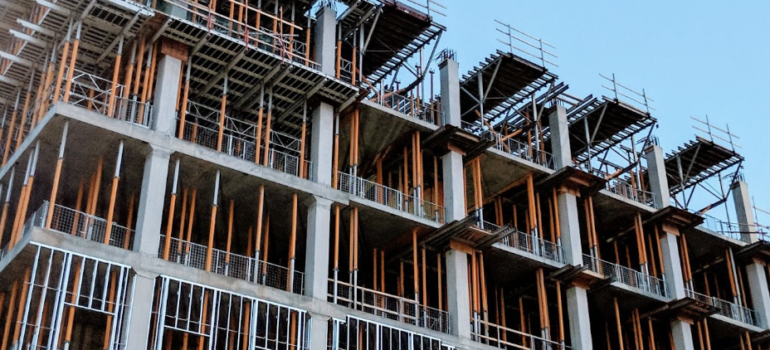Part F of UK Building Regulations Explained
Part F of the UK Building Regulations focuses on ventilation, which is an increasingly important aspect of building design and construction. It specifies the minimum standards required to provide adequate ventilation in a building, and is concerned with ensuring that sufficient air changes occur within the building to provide a healthy indoor environment.







